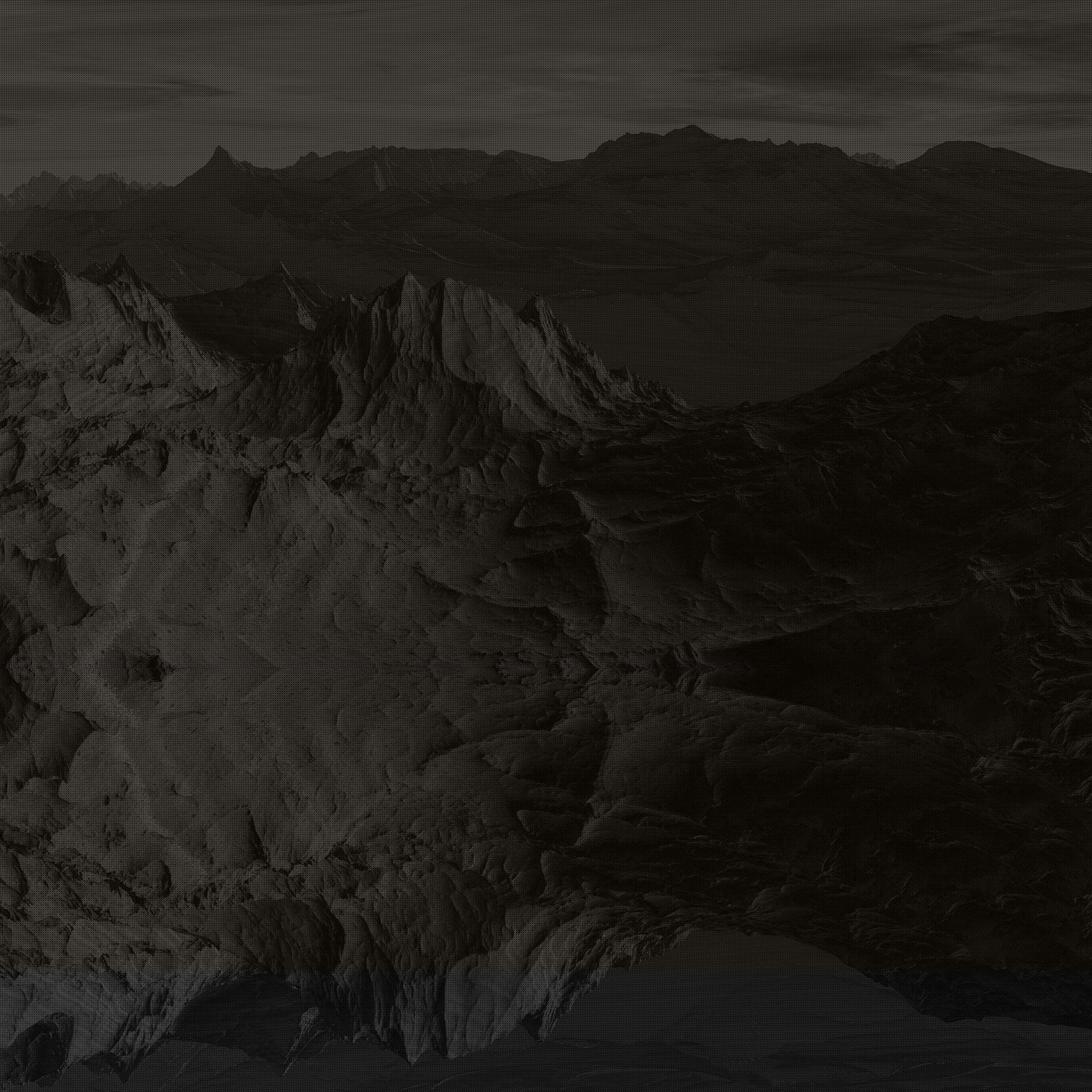Post-Production – Holographic Display
- Travis Parkes
- Apr 28, 2023
- 3 min read
The holographic display I wanted on the robots wrist was one of the more unknown aspects of my project, I was fairly confident that I would be able to achieve the result I desired, but had not actually tested how yet. However, to assist me in the process, I made sure I was chasing a specific look first which was based off of the storyboard image.

It’s a fairly basic drawing but a watch type holographic element with a screen element above with a bright orange colour was the rough design I wanted to go for. I first started by figuring out how I wanted to track the wrist element throughout the shot.
I came to the conclusion that the best way of going about it would be to first create some basic 3D geo within Maya because I could fairly easily parent it to the wrist of the robot. Then take the geo into Nuke and use that as a base for the comp.

At the same time I created a simple plane to represent the area where I would put the display as well. As can be seen I also included a tiny cube within the geo. This is because I can hide either of the pieces in Nuke, so I can keep just the cube in view and using that I can create a very quick 2D track of the wrist element and use that to assist in the compositing aspect.
Even though it wouldn’t be completely clear in the final comp, I still had to make sure the display the robot interacted with actually had relevant imagery on and was synced up to the movement of the robot. I tried to keep it as simple as possible whilst still looking good, it would follow aspects of the expected UI a system such as this would be using, but also keeping futuristic aspects that made it look some kind of “new”.

The nuke script was mostly made up of various roto shapes with blurs and grades and then a few of grids with animation and text (which utilised expressions for text animation for a screen I had with a ticking clock and time).
I kept it as a black and white image so that I could have the most flexibility in compositing later, I knew I wanted the display to be monochromatic orange, although I had not seen it in the actual scene yet, the orange that looks good on it’s own, may not look good when compositing into the actual shot.


The base holographic elements with colour looked like this, fairly basic. In order to improve it I used the tracked element previously mentioned to keep consistent volume rays and used various blurs and glows to refine the look of the elements.

For the display I also created a glitch effect from scratch, I used a noise pattern to represent different number values and used a camera shake and a 3 by 3 resolution noise pattern to create specific and random values that I could measure using the curve tool, a true randomisation.


I then used that to drive a roto shape that controlled a transform and a camera shake so that shifts in the image would happen randomly around it.

This creates small shifts like this for a frame or two which makes the hologram appear more unstable and electrical.
Using the track from earlier I was also able to stabilise the footage, move it up and scale it and then match move it again to create a reflection which I comped over the eyes of the robot.


For interactive lighting I blurred the hologram, multiplied and added it over the specular highlights of the CG and increased the brightness until I was happy with it.



Once everything is combined together, you can barely read the text or see the imagery of the hologram but it feels believable in it’s imperfection, it isn’t supposed to matter what’s on the screen, what matters is that the audience isn’t taken out of the short when the hologram comes up, it has to feel authentic to the world.

Comments